Interviews
Being Confused about Racial Identity in Postwar United States
You’re – I’m American, but I was – for years, you know, you wonder. I remember when I got out of camp, then I – when I was going off to school, still, even though it was a few years after – and then I went down South, I didn’t know at first, “Which bathroom am I supposed to go into?” One is for “White,” one is for “Black,” and I thought, “I’m not white, I’m not black, but, you know, during the war, I’m Japanese, I was put into camp. Maybe I should go into the black one.” It was – I don’t remember which one I went into. I know that it was – every time I saw that, I thought, “I really don’t know which one I’m really supposed to go into.”
Date: November 8, 2018
Location: California, US
Interviewer: June Berk
Contributed by: Watase Media Arts Center, Japanese American National Museum
Explore More Videos
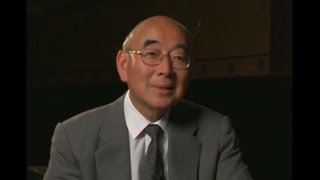
Stereotypes about Japanese: past and present (Spanish)
(b. 1937) Professional journalist
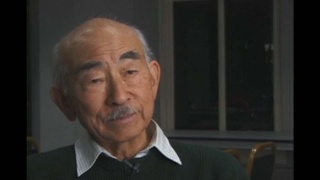
First impression of New York City during war time
(1915 - 2011) Nisei florist who resettled in New York City after WW II. Active in Japanese American civil rights movement
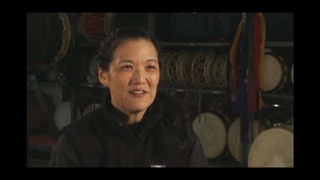
Experiencing discrimination as a child
Co-founder and creative director of San Jose Taiko
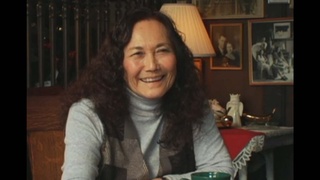


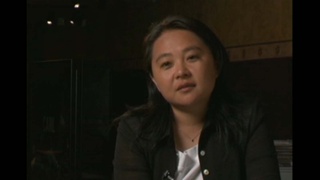
Identity crisis (Spanish)
(b. 1969) Former president of Centro Nikkei Argentino.
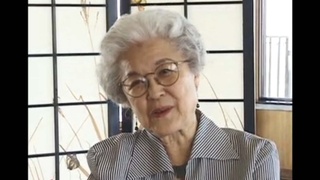
World War II hysteria against Japanese in New York City
(1924-2018) Researcher, Activist

Positive experiences with Asian Americans for Action
(1924-2018) Researcher, Activist
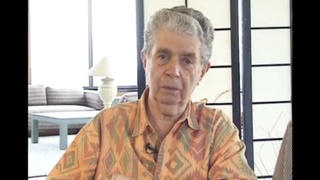
His testimony has more credibility because of his race
(1922 - 2005) Former U.S. Army counterintelligence officer
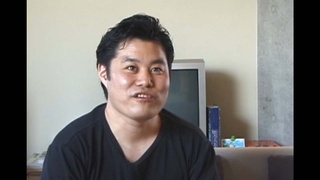
Different tension between East Coast and Los Angeles
Japanese American Creative designer living in Japan
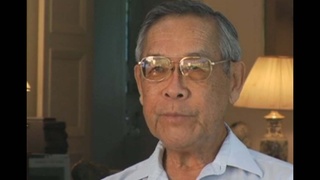
Being an American soldier and an "enemy alien"
(1923-2011) Lawyer, MIS veteran, founder of Francis and Sarah Sogi Foundation

Not relating to Japan Americans' experiences on the mainland
(1923-2011) Lawyer, MIS veteran, founder of Francis and Sarah Sogi Foundation
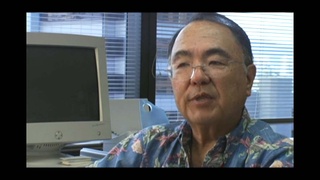

Less information about Hawai‘i in mainland
(b.1944) Founder of Kobayashi Group, LLC
